
In aerospace engineering, Printed circuit board (PCB) assembly plays an important role as it determines aircraft performance in aviation and space exploration. The aerospace PCB assembly is challenged by harsh environmental conditions. In this article, we will cover different aspects including challenges, guidelines, and standards for aerospace PCB assembly!
Why Does Aerospace PCB Assembly Have the Highest Reliability
Aerospace PCB assembly has the highest mechanical and electrical reliability. Its requirements are even higher than military PCB assembly. All aerospace PCBAs, no matter what modules or systems they work in, have the acceptance level of IPC Class 3A, which is the highest IPC reliability standard.
Why does aerospace PCB assembly have so strict reliability requirements? The following factors contribute to the rigorous requirements.
Harsh environments
Aerospace systems, whether within aircraft or spacecraft, are subject to harsh environmental conditions, such as various levels of vibration, extreme temperature fluctuations, and severe pressure changes. Aerospace PCBs must be designed and assembled to withstand these conditions.
Safety requirements involving human lives

Aerospace applications involve human lives, making safety a top priority. Failure of any PCB or electronic component may have catastrophic consequences.
High cost of failure
In aerospace electronic products or systems, failures not only lead to significant financial losses but also pose serious risks to human safety. This highlights the need for careful planning, testing, and strict adherence to reliability standards in aerospace PCB assembly.
Extended lifespan
Aerospace systems typically have long lifespans, often spanning decades. To avoid frequent replacements or repairs, especially in situations where access for maintenance is limited or impossible, an aerospace PCB assembly should work without issues for a long term before the first maintenance.
Regulatory compliance
The aerospace industry is subject to strict regulations and certifications imposed by aviation and space agencies. Aerospace PCBAs must adhere to these standards to ensure safety, reliability, and performance.
Complexity of systems
Aerospace systems are highly complex, with numerous interconnected PCB assemblies mounted with components. The failure of a single PCBA may disrupt the entire system. Each component has to perform seamlessly to maintain the overall integrity of the system.
What Processes Can Be Done in Aerospace PCB Assembly
Aerospace PCB assembly follows IPC-A-610 Class 3 standards. The PCB assembly method is generally SMT (surface-mount technology).
The aerospace PCB assembly process includes solder paste printing > 3D SPI (solder paste inspection) > component placement > X-ray > reflow soldering > 3D AOI (automated optical inspection) > PCBA value-added and testing.
InspectionThe 3D SPI is used to inspect and ensure the accurate application of solder paste before component placement. The detailed inspection of solder balls is carried out by X-ray inspection. The 3D X-ray technology allows for a thorough examination of hidden connections and potential defects. The 3D AOI inspects the aerospace PCBA for surface defects, such as misaligned components, solder joint cold welding, bridges, etc.
Nitrogen reflow soldering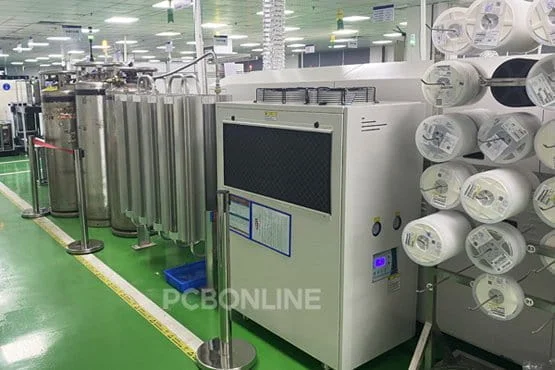
Nitrogen reflow soldering prevents oxidation of the solder joints as nitrogen is an inert gas that does not react with metals. Besides, it reduces the volatilization of flux moisture during the reflow process, thus improving the welding quality. For aerospace PCB assembly that has high-reliability requirements, nitrogen reflow soldering is used to replace normal reflow soldering.
Conformal coatingOnce the aerospace PCB assembly (PCBA) is ready, a conformal coating is applied. It is a protective layer that guards the PCBA against moisture, chemicals, radiation, vibrations, and temperature variations.
TestingThe aerospace PCBAs undergo rigorous testing to assess their performance in temperature variations, vibrations, pressure changes, radiation, etc. For example, there's thermal shock testing at 288℃ for 10 seconds three times, and each time it lasts 10 seconds. The tests also include thermal aging, functional testing, peel-off test, drop test, pressure test, etc.
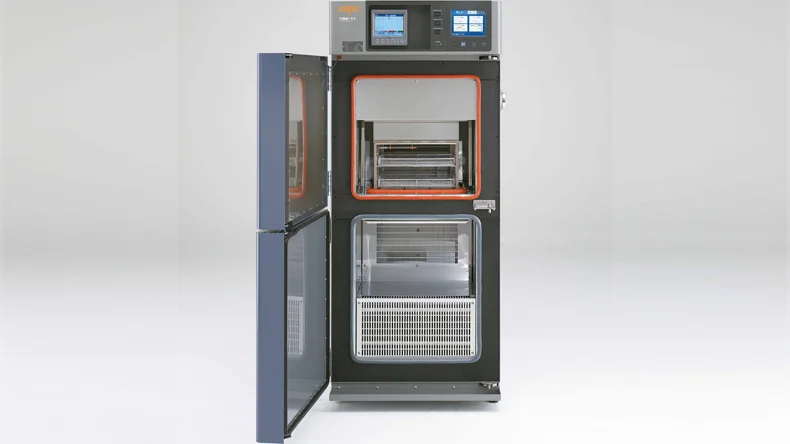
Common PCBA Modules or Systems for Aerospace Electronics
A literal combination of the terms "aviation" and "electronics," the avionics categorizes any electronics system installed in an aircraft or spacecraft. It roughly includes flight control systems, navigation, communications, flight recorders, threat detection, weather radar, and systems that carry out hundreds of other mission and flight management tasks. Following are some common PCBA modules found in aerospace electronics.
Radar systemsRadar systems are utilized for weather monitoring, terrain mapping, and aircraft surveillance. Different types of radar include weather radar, ground radar, and airborne collision avoidance systems (ACAS). the following figure shows the Doppler weather radar principle.
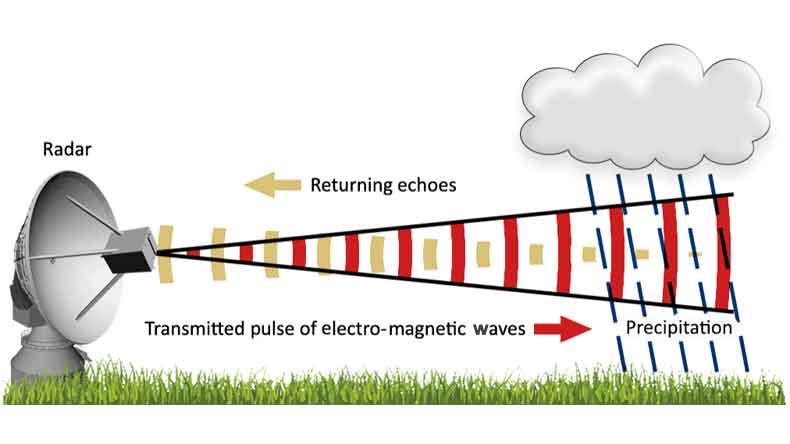
The flight control system manages the aircraft's flight parameters. A famous example of a flight control system is Fly-by-Wire technology. This system replaces mechanical controls with electronic interfaces in aerospace applications. The following figure demonstrates the components of a fly-by-wire system.
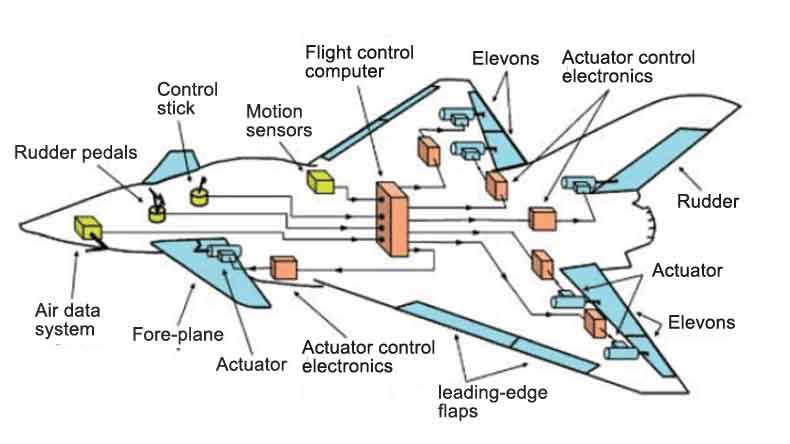
It enables the communication between the aircraft and ground control. The VHF and UHF radios are examples of radio communication modules. In the following figure, radio communication can be seen taking place, as the input signal is processed and sent through the transmitter antenna. The receiver antenna catches and processes the signal.
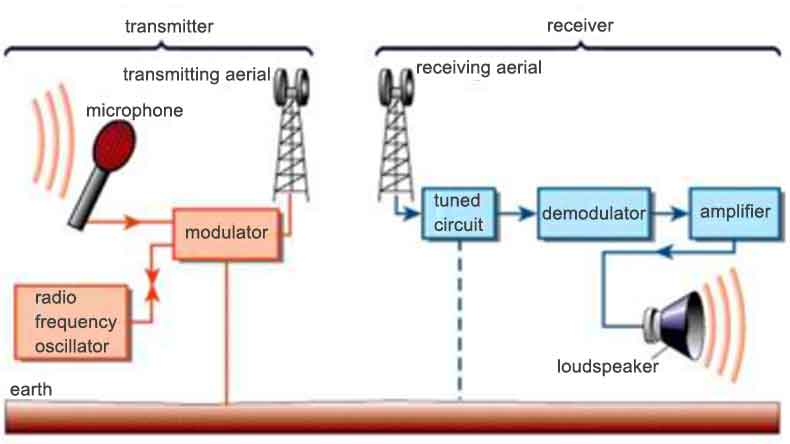
The power distribution unit manages the distribution of electrical power throughout the aircraft. A power distribution unit ensures that each system receives the required power. The power distribution module also contains a power converter module that converts electrical power from one form to another for various electronic systems. DC-DC converters are examples of power converter systems in aircraft. The following figure shows DVFL2812D, which is a DC-DC converter that is used in military and avionics applications.
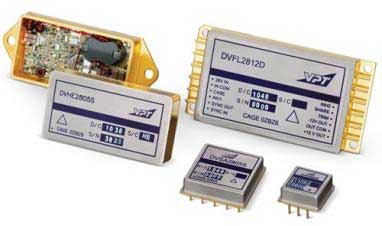
Air data sensors measure key parameters related to the aircraft's interaction with the air. It provides essential information for flight control and navigation. Different parameters like airspeed, altitude, ambient temperature, and pressure are measured by air data sensors. A Pitot tube is a common example of an air data sensor and is used to measure flow speed. The following diagram shows a pitot tube structure and principle.
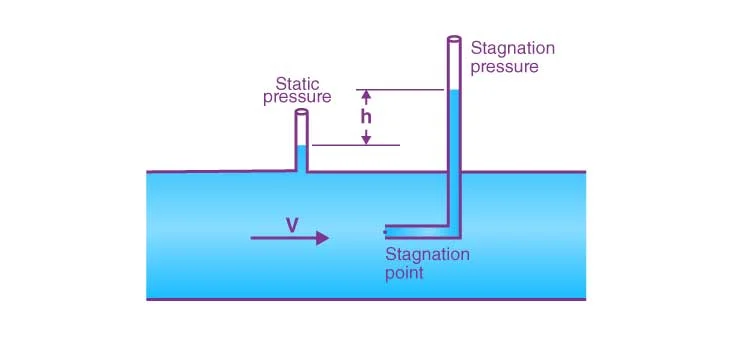
These modules are responsible for determining the aircraft's position, heading, and orientation. They incorporate various sensors and systems to achieve accurate navigation. The Inertial Navigation System (INS) is an example of a navigation system. It uses accelerometers and gyroscopes to track changes in velocity and rotation to provide continuous position updates.
Data processing moduleThe data processing module integrates information from various sensors and provides actionable data for the flight avionics and other aircraft systems. A flight recorder system is an example of a data processing system which is commonly referred to as a "black box". It's a vital element in aerospace, responsible for storing data related to an aircraft's operations throughout its flight.
What to Take Care of in the R&D of Aerospace PCBA Design
Designing aerospace-grade electronic products involves careful consideration of various factors. Aerospace PCB assembly should have high reliability and robustness, without any margin for error. To design an aerospace PCBA, the following guidelines can be kept in mind for quality products.
Select high-quality materialsAerospace PCBs use high-performance and reliable materials, such as Rogers RO4000 series, RT/duroid laminates, TC series, etc. The MIL-spec components used for aerospace PCB assembly must consider factors such as thermal management, shock absorption, and durability.
EMC (Electromagnetic Compatibility)EMC is a priority of the R&D of aerospace PCB design because most PCBs used for aerospace PCB assembly are high-frequency PCBs, and the working environment of aerospace electronics is full of external electromagnetic interference (EMI) such as radiation in space. The layout of the aerospace PCB should consider the circuit's anti-interference performance, emission noise suppression, and grounding layout.
Adhere to reference standardsIn aerospace PCBs, it is crucial to follow specific reference standards such as IPC 6012DS and AS/EN 9100 to ensure minimal maintenance, rigorous safety, and high-quality standards.
Provide excellent thermal managementThe necessity of efficient heat dissipation, using materials like Pyralux AP, FR408, or by increasing component spacing or copper thickness, can be done for aerospace PCBA.
Use conformal coatingAs discussed in the previous section, it suggested applying conformal coating on an aerospace PCBA to protect it against heat, humidity, chemicals, and vibrations.
Routing guidelinesIt is recommended to increase the circuitry density of the aerospace PCBA to reduce the PCBA size. The routing should separate different circuits according to their different logic levels, signal conversion time, noise tolerance, and logical interconnection. And the distribution and wiring density of heating components should be uniform.
Use of flex and rigid-flex PCBsFlexible PCBs and rigid-flex PCBs are commonly used in aerospace PCB assembly due to their lightweight, small sizes, adaptability in compact spaces, and fine circuits.
Aerospace PCB assembly demands higher precision than standard processes. The assembly process involves cleaning PCBs with de-ionized water and Plasma to prevent defects. In PCB assembly, the stencils used for applying solder paste can be nano or step-up/down SMT stencils.
Cost savingThe cost of aerospace PCB assembly varies based on different PCB materials, fabrication complexity, and electronic components being used. In an aerospace PCB assembly quote, the components are the critical cost factor as they can be expensive.
The PCBA manufacturer PCBONLINE can save aerospace PCB assembly costs by purchasing components in bulk from reputed suppliers. With your approval, PCBONLINE can use alternative components that meet industry standards and have the same functions to reduce aerospace PCB assembly costs.
What Quality Grade or Certifications Should the Aerospace PCB Assembly Have
Aerospace PCB assembly demands stringent quality standards and certifications to ensure reliability, safety, and performance in harsh conditions. Following are international standards for aerospace PCB assembly.
ISO 9001 certification
ISO 9001 is an international standard that outlines the criteria for a quality management system (QMS). It is not specific to aerospace but is a fundamental standard applicable to various industries. This certification for aerospace PCB and PCBA manufacturing indicates that the organization follows a comprehensive quality management system, covering aspects such as design, production, testing, and customer satisfaction.
Nadcap (National Aerospace and Defense Contractors Accreditation Program)
Nadcap is a global cooperative accreditation program for aerospace engineering, defense, and related industries. It provides a standardized approach to quality assurance and accreditation through industry-managed assessments. Nadcap accreditation specifically addresses critical processes in the aerospace industry, including special processes related to PCB manufacturing, assembly, and testing.
Besides, AS9100 in the United States and AS/EN 9100 in the EU are globally recognized for aerospace PCB assembly. AS9100 is an aerospace-specific extension of ISO 9001. In China, the standard for aerospace PCB and assembly is GB/T 39342-2020. For Russia, it is the GOST-R certification.
One-Stop Aerospace PCB Assembly Manufacturer — PCBONLINE

PCBONLINEis a turnkey PCB assembly manufacturer for middle and high-end industries, such as aerospace, defense, automotive, medical, and communication electronics, etc.
Founded in 1999, it has two large advanced PCB manufacturing bases and one PCB assembly factory. PCBONLINE can complete prototypes, PCB fabrication, PCB assembly, PCBA value-added such as conformal coating, and box-build assembly. Besides, it has an R&D team with an average of 20 years of experience.
PCBONLINE has full turnkey electronic production lines for aerospace PCB assembly, including Plasma cleaning, 3D SPI, 3D X-ray inspection, 3D AOI, etc.
PCBONLINE provides various PCB manufacturing for aerospace PCB assembly, such as PTFE/high-frequency PCB, FR4 PCB, FPC, rigid-flex PCB, etc.
For bulky PCBA production, PCBONLINE offers free R&D, samples, and PCBA functional testing.
Relying on its EMS PCBA factory, PCBONLINE takes part in component co-procurement with other EMS from original factories and has cooperation with Class-1 suppliers.
It has rich experience in alternate component selection to reduce the PCBA costs without function and performance sacrifice.
The PCB manufacturing, PCB assembly, and box-build assembly at PCBONLINE are certified with ISO 9001:2015, 9001:2016, IATF 16949, RoHS, REACH, UL, and IPC 2/3.
PCBONLINE has successful aerospace PCB assembly for the navigation module in rockets, and the PCB has a hybrid substrate of Rogers, copper, and FR4. If you need aerospace PCB assembly, including PCB fabrication, you can contact PCBONLINE by email at info@pcbonline.com.
ConclusionAerospace PCB assembly serves different aviation systems and modules, such as the radio communication system, air data sensor, power converters, etc. Due to the harsh working environments, high costs, human life involvement, and long expected lifespan, aerospace PCB assembly has the highest reliability requirements in all sectors of electronic manufacturing. If you need aerospace PCB assembly prototypes and bulky manufacturing, you can work with the turnkey PCBA manufacturer PCBONLINE.
PCB assembly at PCBONLINE.pdf




